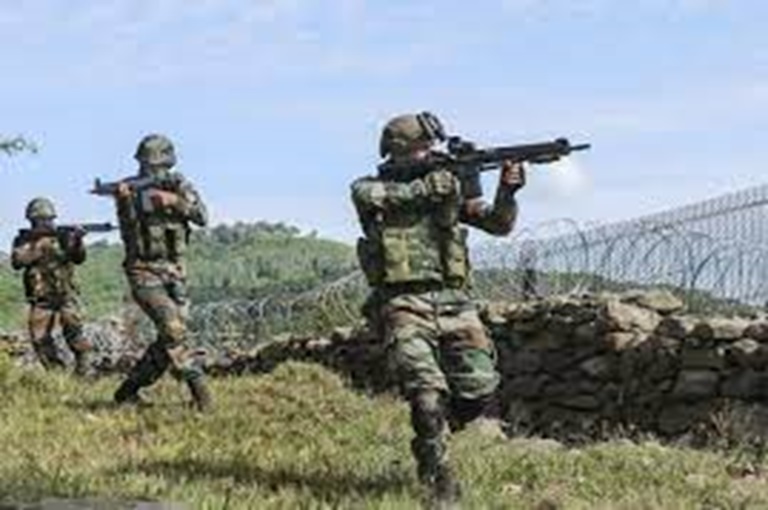Defence Boost: India Launches 3 Mega Projects Worth Rs 1.4 Lakh Crore in Army Advancements

New Delhi: India is poised to grant initial approval for three major indigenous defense projects, including the manufacturing of an additional aircraft carrier, 97 Tejas fighters, and 156 Prachand light combat helicopters. Valued at approximately Rs 1.4 lakh crore, these projects will be taken up by the defense acquisitions council led by Rajnath Singh, with the “acceptance of necessity (AoN)” expected to be discussed on November 30. Once AoNs are granted, subsequent steps involve tendering, commercial negotiations, and final approval by the cabinet committee on security.
These projects, vital for bolstering India’s military readiness amid China’s expanding warfare capabilities, encompass the procurement of 97 Tejas Mark-1A fighters, with a projected cost of around Rs 55,000 crore. This will complement the 83 Tejas jets already ordered, forming a crucial component for the Indian Air Force (IAF) to strengthen its fighter squadrons.
The second project involves the construction of a second indigenous aircraft carrier (IAC-2) at the Cochin Shipyard. Estimated at around Rs 40,000 crore, this carrier will be a “repeat order” of INS Vikrant or IAC-1. The Navy aims to address its current shortfall in deck-based fighter capability with the acquisition of 26 Rafale-Marine fighter jets from France, amounting to Rs 50,000 crore.
The third project encompasses the procurement of 156 Prachand helicopters, costing around Rs 45,000 crore. These helicopters, suitable for offensive operations in high-altitude regions like Siachen Glacier and eastern Ladakh, will augment the existing fleet acquired under the first contract in March last year.
While the IAF faces challenges with its current fleet, which has dipped to 31 squadrons instead of the required 42, these projects aim to address critical gaps and enhance India’s military capabilities. The defense projects are expected to span several years, emphasizing long-term planning to meet strategic needs.
The decision to opt for a smaller electric-propulsion IAC-2 for the Navy reflects budgetary constraints, deviating from the initial plan of a nuclear-powered 65,000-tonne carrier. This decision aligns with China’s growing carrier capabilities, which include two operational carriers and plans for additional ones. In contrast, the US operates 11 nuclear-powered carriers, each with a significant aviation complement.
The procurement plans underscore India’s commitment to modernizing its defense infrastructure, enhancing its naval capabilities, and addressing strategic challenges in the Indo-Pacific region.







